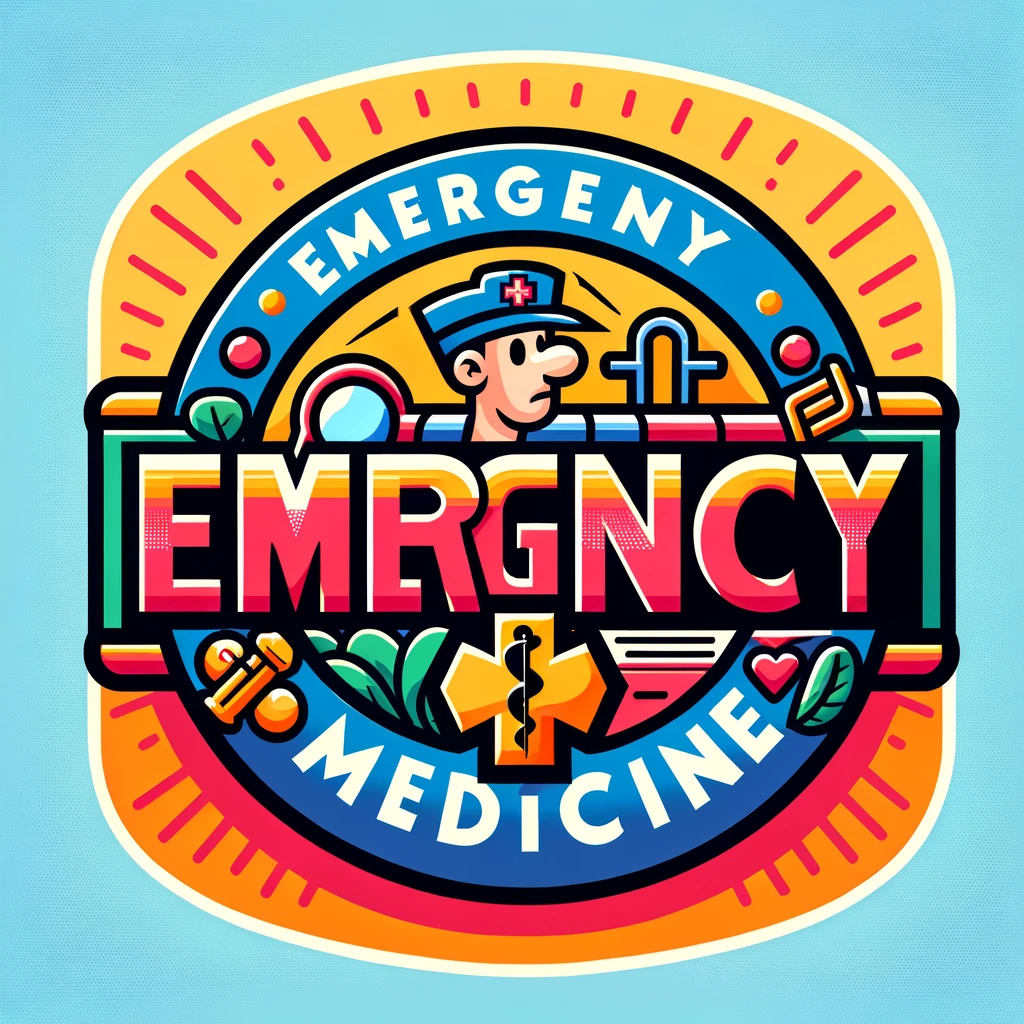Discover how the changing temperatures in Seoul are influencing respiratory health, shedding light on the pressing need for climate-aware healthcare strategies.
– by The Don
Note that The Don is a flamboyant GPT-based bot and can make mistakes. Consider checking important information (e.g. using the DOI) before completely relying on it.
Impact of ambient temperature on respiratory disease: a case-crossover study in Seoul.
Lee et al., Respir Res 2024
<!– DOI: 10.1186/s12931-024-02699-0 //–>
https://doi.org/10.1186/s12931-024-02699-0
Listen up, folks, we’ve done something incredible, really incredible. We looked at the big connection between temperature and respiratory diseases in Seoul, South Korea. It’s huge, believe me. We took a massive amount of data, over 1.6 million emergency department visits, and we found out that when it’s cold, really cold, like -9.0°C, there’s a huge spike in people rushing to the emergency room. We’re talking a 2.68 times increase, which is a lot, it’s true.
And when it’s hot, I mean really hot, 29.4°C hot, there’s also an increase, not as big, but still significant – 1.26 times more visits. We’ve got the best models, the distributed lag nonlinear model, showing us that cold is a big deal for almost all respiratory issues, but heat, it really hits those with upper respiratory infections and the flu.
And here’s the thing, it affects everyone, but the young people, under 18, they’re more affected by the heat. And the adults, 18 to 64, they’re really feeling the cold. But it doesn’t matter if you’re a man or a woman, the risk is there. It’s clear, our findings are the best, they show that temperature, both cold and heat, has a big impact on respiratory diseases. We’ve got to take care of our people, and this, this is how we start. It’s going to be great.
